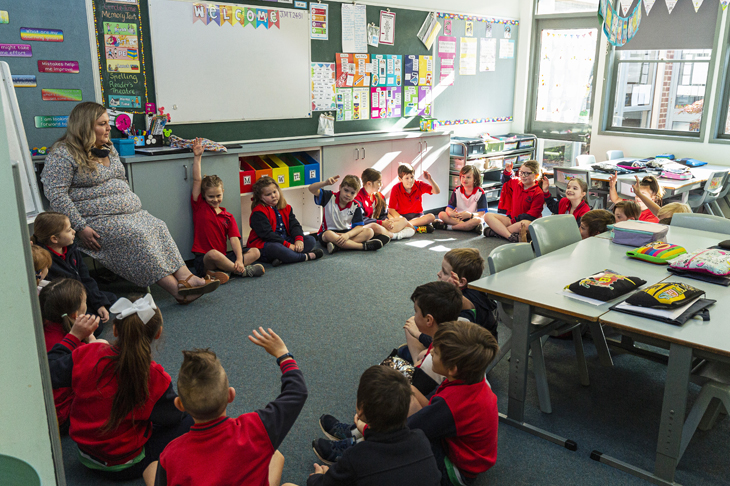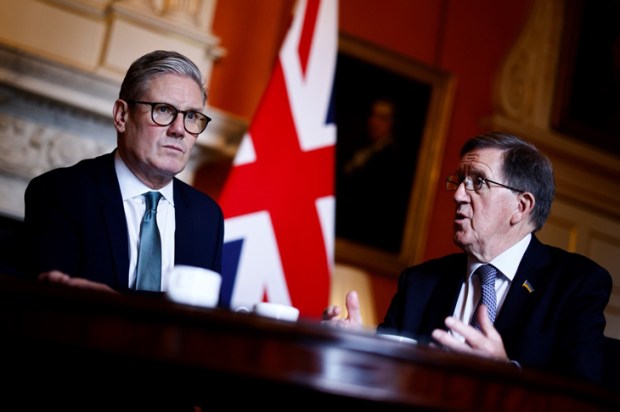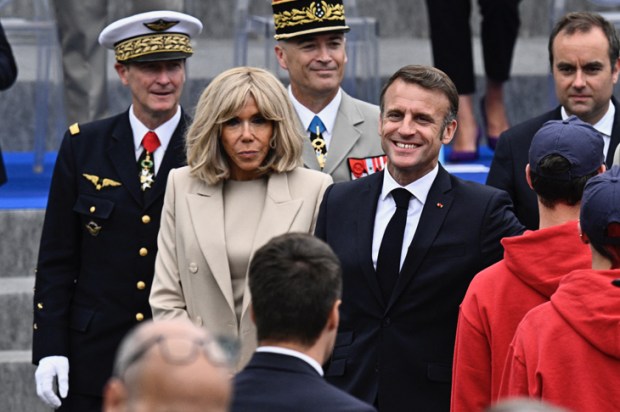Cresta Richardson, the head of the Queensland Teachers’ Union, declared that the 1.3 million children in Australia preparing to sit this year’s Naplan test should be spared the ordeal because it is too stressful for them. It is not surprising Richardson is calling for a boycott of testing, because Naplan testing exposes the complete failure of our education sector to teach people how to read, write and add up.
Already a subscriber? Log in
Subscribe for just $2 a week
Try a month of The Spectator Australia absolutely free and without commitment. Not only that but – if you choose to continue – you’ll pay just $2 a week for your first year.
- Unlimited access to spectator.com.au and app
- The weekly edition on the Spectator Australia app
- Spectator podcasts and newsletters
- Full access to spectator.co.uk
Unlock this article
Dr Bella d’Abrera is the Director of the Institute of Public Affairs’ Foundations of Western Civilisation Program
You might disagree with half of it, but you’ll enjoy reading all of it. Try your first month for free, then just $2 a week for the remainder of your first year.















Comments
Don't miss out
Join the conversation with other Spectator Australia readers. Subscribe to leave a comment.
SUBSCRIBEAlready a subscriber? Log in